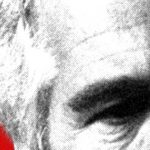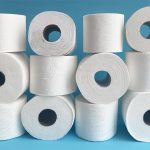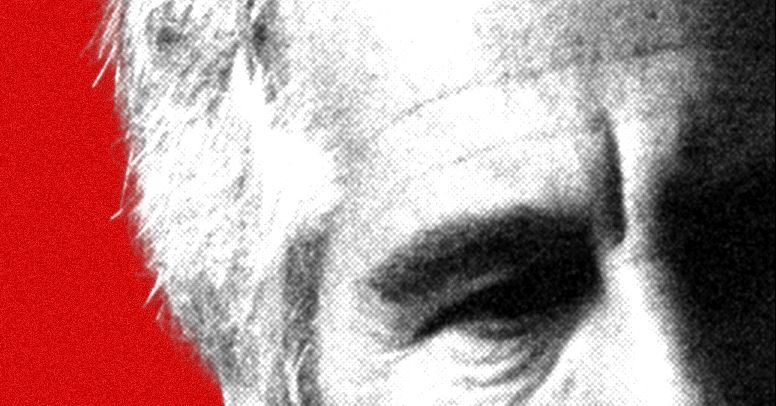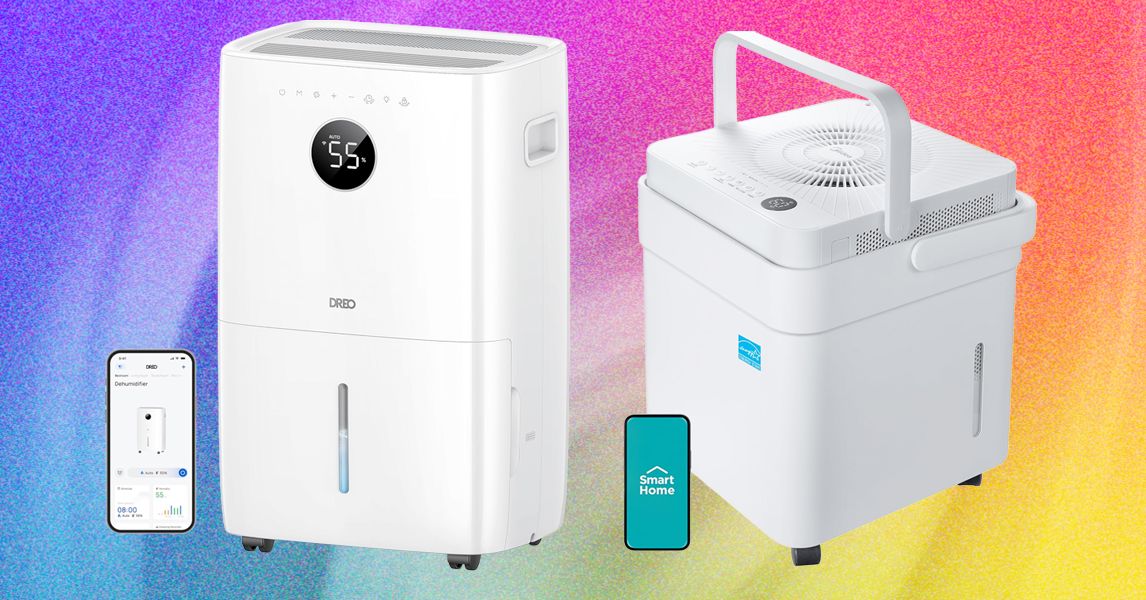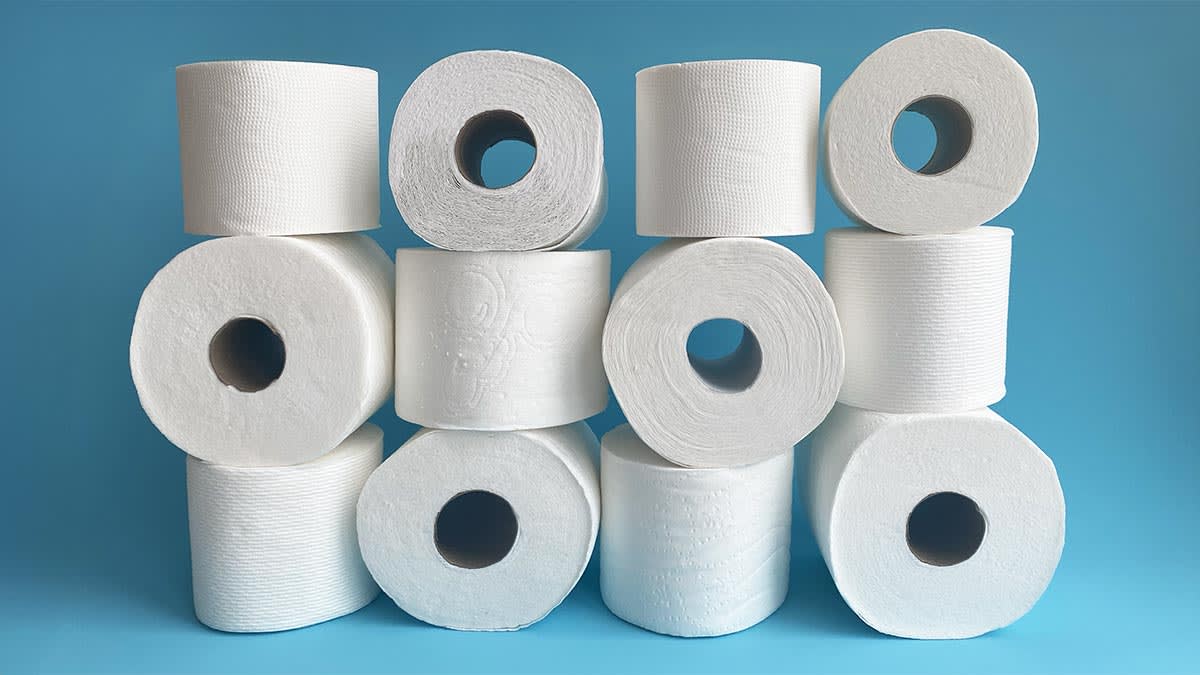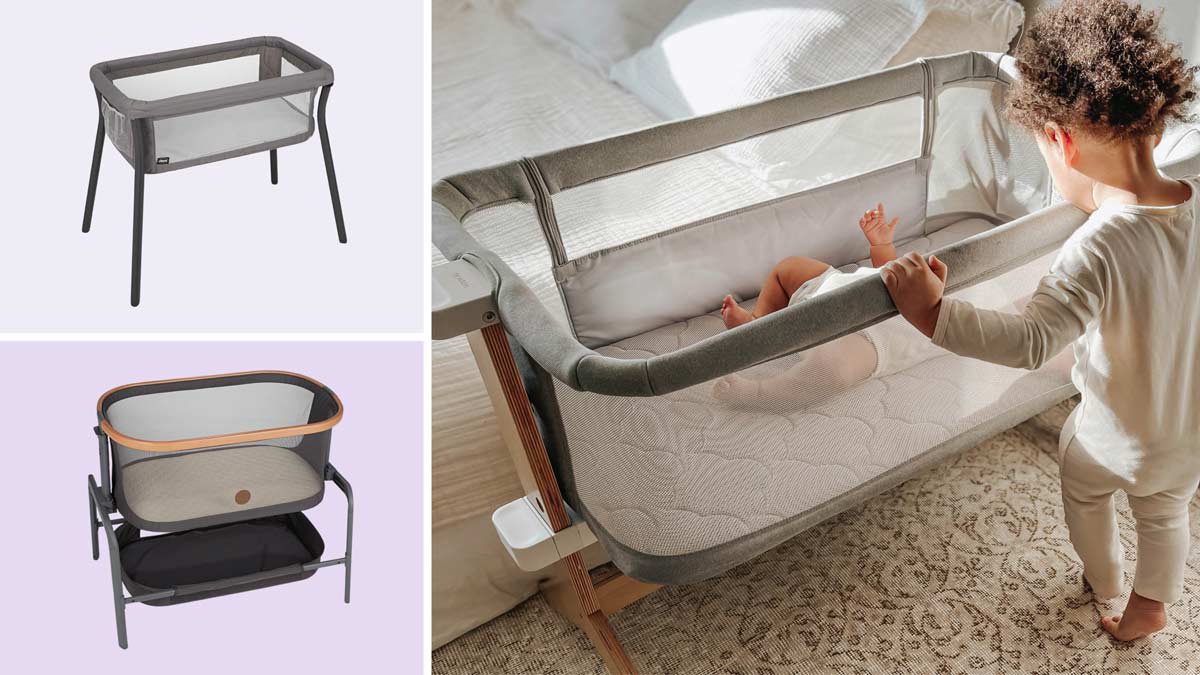
2. A Tight-Fitting Mattress
Any bassinet that you buy should come with a snug-fitting mattress. When the mattress is centered in the bassinet, you should see no gaps between the edge of the mattress and the bassinet walls any larger than one-half inch, or about a finger-width. “A mattress that doesn’t fit tightly may shift around within the bassinet and bunch up or otherwise create a hazard where the baby’s face can be pressed into the mattress,” says Muratore.
When you put your baby down to sleep in the bassinet, remember that the bassinet mattress should be kept bare or covered only by a fitted sheet, with no blankets, bumpers, loungers, sleep positioners, nursing pillows, stuffed animals, or toys. The sleep surface should be relatively firm, too—enough so that it doesn’t compress underneath your baby’s weight. (A too-soft surface can create a suffocation risk for a young infant if they roll over.)
Muratore recommends looking for bassinets that come with at least one fitted sheet, rather than just a vinyl-covered pad. “The plastic pad may also encourage parents or other caregivers to put a loose blanket or cloth beneath the baby for their perceived comfort,” she says. That’s a big safety risk, according to Muratore, because any loose items create potential hazards for your baby.
